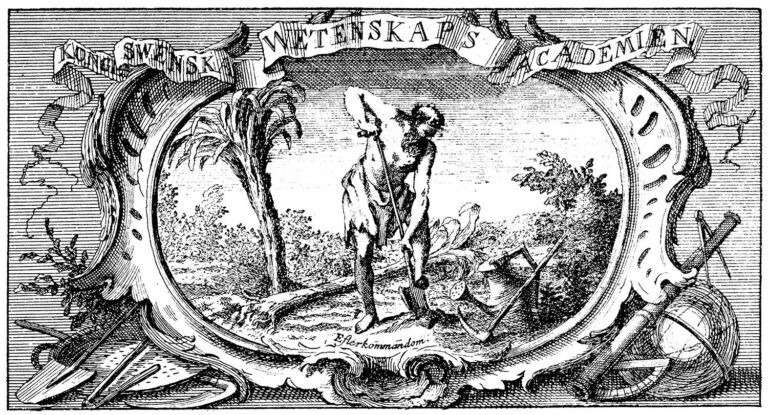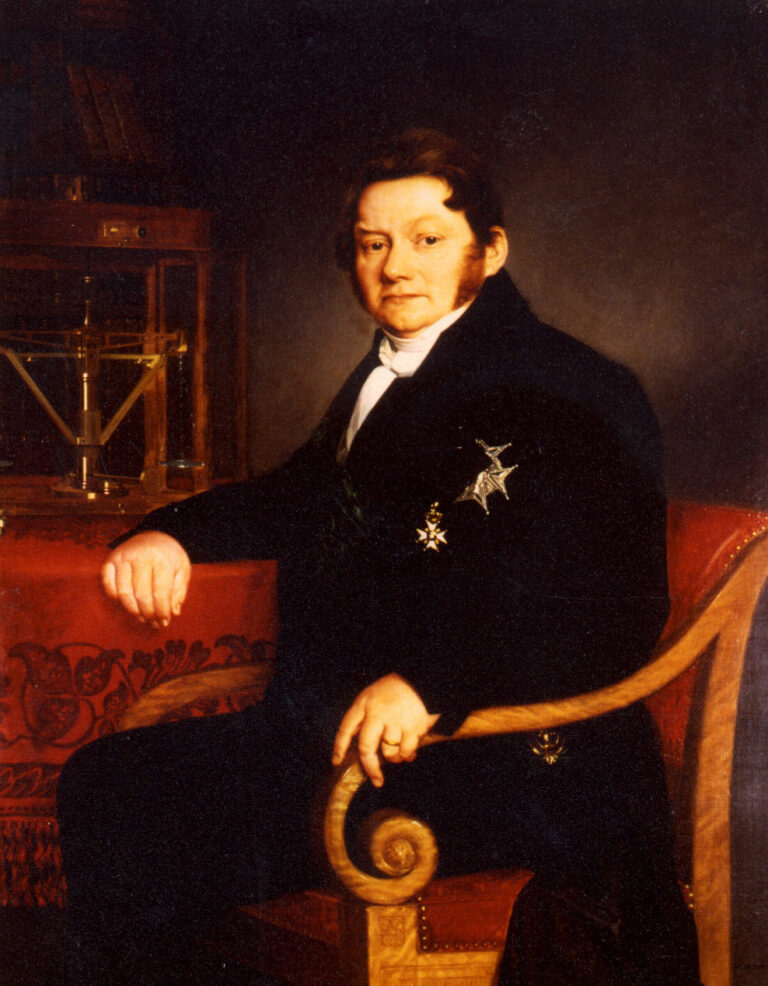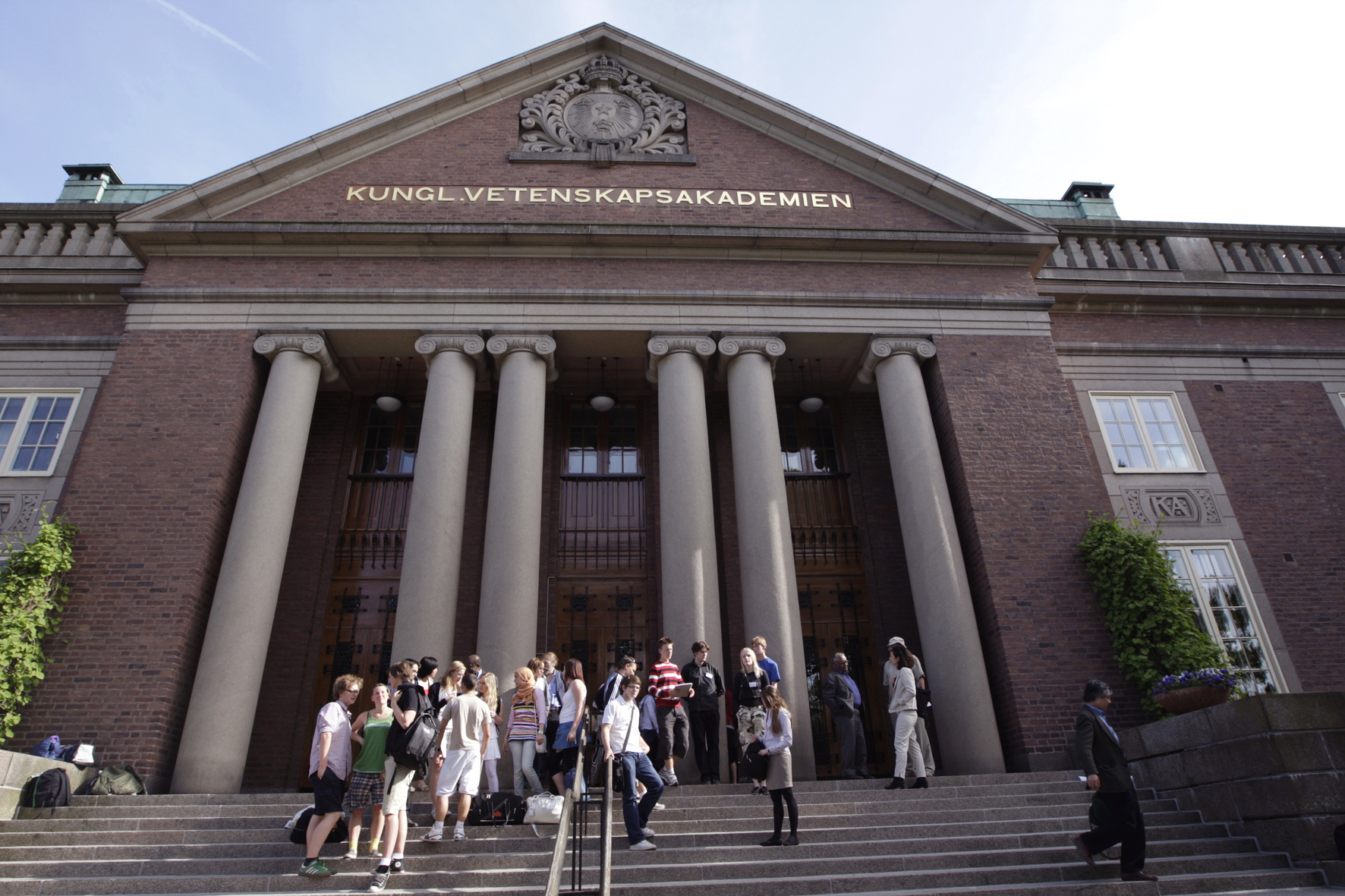History
The academies of sciences are all very special bodies representing a cultural heritage which dates back to the Renaissance. Their origins, background and history differ and they fulfil their duties in different ways although they all promote science and defend the freedom of science.
 The Swedish Academy of Sciences was created as, and still is, an independent, non-governmental scientific society. It began on a modest basis and achieved distinction through the quality of its leadership as well as its determination to promote natural science. Sweden in the first half of the 18th century presented an unusually distinguished array of scientists.
The Swedish Academy of Sciences was created as, and still is, an independent, non-governmental scientific society. It began on a modest basis and achieved distinction through the quality of its leadership as well as its determination to promote natural science. Sweden in the first half of the 18th century presented an unusually distinguished array of scientists.
The academies of sciences are all very special bodies representing a cultural heritage which dates back to the Renaissance. Their origins, background and history differ and they fulfil their duties in different ways although they all promote science and defend the freedom of science.
The Swedish Academy of Sciences was created as, and still is, an independent, non-governmental scientific society. It began on a modest basis and achieved distinction through the quality of its leadership as well as its determination to promote natural science. Sweden in the first half of the 18th century presented an unusually distinguished array of scientists. Among the founders was the world-famous naturalist Carl Linnaeus (knighted von Linné), the mercantilist Jonas Alströmer and the mechanical engineer Mårten Triewald as well as the politician Anders Johan von Höpken, who became the Academy’s first Permanent Secretary.
The Academy, in its early days, with its eminent membership, was in a position to establish fruitful scientific relationship with the academies of the main European countries – a step towards the internationalisation of research. With its regularly published “Handlingar” (Transactions) and the bulletins then published in its Almanac, the Academy transmitted reserach findings both within the scientific community and to the Swedish general public – two different levels of research information.

During its first heyday, The Academy was above all concerned with promoting everyday applications of scientific discoveries, e.g. in agriculture, ship building and mining. The eminent chemist Jacob Berzelius was appointed Secretary General in the beginning of the 19th century. His first care was to reorganise the Academy and to turn it into a society with purely scientific aims. This organisation is still prevailing.
Center for History of Science
The Center for History of Science was established in 1988 and is one of the Academy’s research institutes. The Center shall promote history of science research, particularly based on the rich collections of archives and scientific instruments. The premises and collections are located at the Academy’s main building on Frescativägen 4A in Stockholm.
